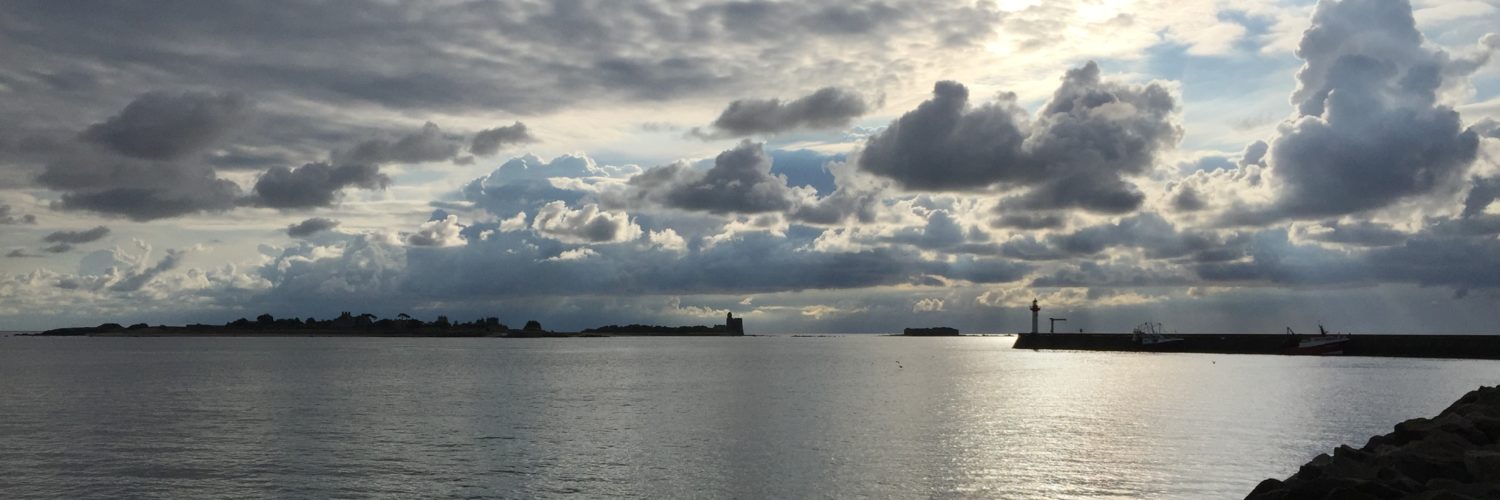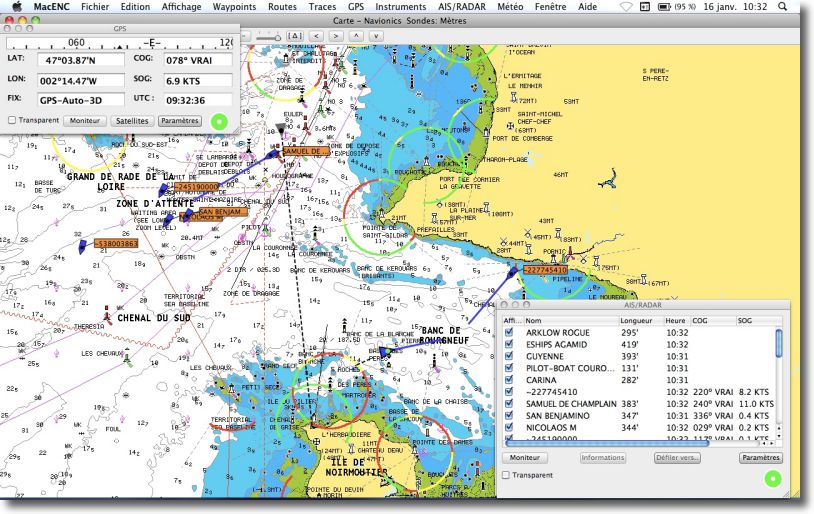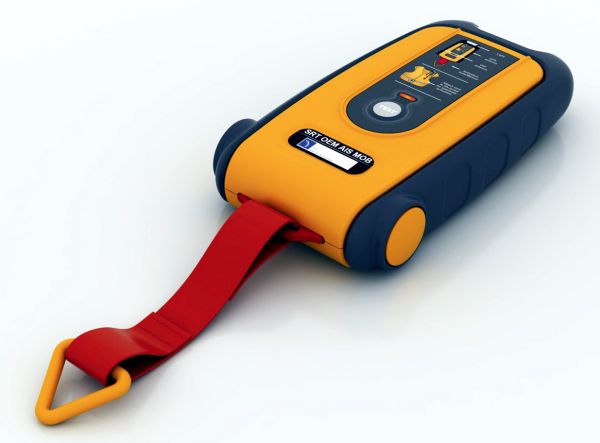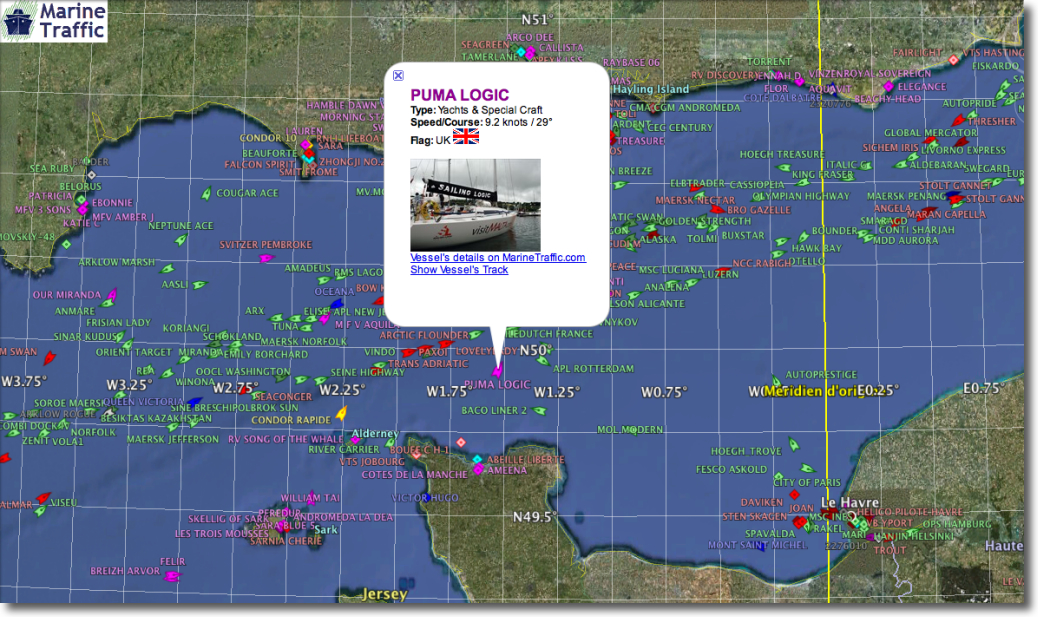AIS takes a growing place, for two or three years, in the concerns of leisure boaters. Several articles refer to it in this blog, as for equipment as for applications available for our Mac, iPad or iPhone.
Note to neophytes in this subject, or to confirm the knowledge of the most informed of you, it seemed useful to clarify what the AIS means, while just held in Hamburg, the 15 and 16 of June, the international conference AIS Summit.
Definition
 " Automatic Identification System” means automatic ship identification system. It was developed in the early years 2000 as an anti-collision tool for commercial vessels, allowing everyone to “see” the other ships present in their immediate environment, whatever the visibility conditions. Associated with a shore station, AIS allows port authorities and rescue organizations to improve safety at sea by the assistance at efficiency of vessel traffic services (VTS : Vessel Traffic Service) by reducing the risk of collision in their coverage areas.
" Automatic Identification System” means automatic ship identification system. It was developed in the early years 2000 as an anti-collision tool for commercial vessels, allowing everyone to “see” the other ships present in their immediate environment, whatever the visibility conditions. Associated with a shore station, AIS allows port authorities and rescue organizations to improve safety at sea by the assistance at efficiency of vessel traffic services (VTS : Vessel Traffic Service) by reducing the risk of collision in their coverage areas.
“Class A” type AIS transponders were made compulsory in 2002 for all passenger ships, merchant ships 300 barrels and more, cargo ships 500 barrels and more, and in 2009 fishing vessels of a length greater than 15 meters high.
Principe
An AIS “transponder” is a transceiver coupled to a GPS which constantly transmits position data, speed and route, and detailed characteristics of this ship. This information is received and decoded by another AIS transponder on board the other vessels. This transmission is carried out on a VHF radio wavelength allowing reception at short and medium distance for any vessel equipped with a simple VHF antenna.. This wavelength is not affected by obstacles, it allows a “visual” range solely determined by the height of the transmitting and receiving antennas.
Usage
Transponders and/or AIS receivers can be paired, using standardized protocols such as NMEA 0183 and NMEA2000, for navigation applications on a computer or chartplotters that will use the information received to plot, trace the route and display information from other ships moving around them. The AIS can also complement a RADAR by overlaying followed targets on the screen image generated.
The benefits for leisure boating
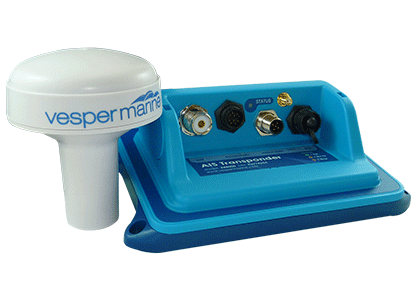 To facilitate the generalization of AIS on small tonnage and pleasure vessels, a type of AIS transponder named “Class B” has been defined, with reduced technical requirements compared to the “Class A” type, offering the same benefits but at a much lower cost. This added to the growing volume of installations, boaters can now be equipped with transponders at prices well below the price of RADAR for Pleasure. There are also many simple two-channel AIS receivers (Class A and B) at low cost for small vessels, Who, coupled with a software or a chartplotter, allow to plot and trace the route of surrounding ships, without being able to provide them with his own position.
To facilitate the generalization of AIS on small tonnage and pleasure vessels, a type of AIS transponder named “Class B” has been defined, with reduced technical requirements compared to the “Class A” type, offering the same benefits but at a much lower cost. This added to the growing volume of installations, boaters can now be equipped with transponders at prices well below the price of RADAR for Pleasure. There are also many simple two-channel AIS receivers (Class A and B) at low cost for small vessels, Who, coupled with a software or a chartplotter, allow to plot and trace the route of surrounding ships, without being able to provide them with his own position.
The features provided by the AIS allow, many applications of undeniable interest for boaters :
- Security : Anyone who has operated a boat on heavy traffic maritime lines knows the risks. An AIS transponder makes a ship immediately visible to all and audible and visual alarms can be programmed by boaters.
- Survey : AIS can trigger an automatic alarm if the vessel leaves a predefined area and alert the owner or authorities of its exact position.
- Rescue : In case of emergency, authorities often waste precious time searching for the ship. An AIS transponder provides instant location, precise and continuous which considerably reduces emergency response time.
- Leisure : Find a friend's boat among hundreds of others can become a difficult task. The AIS transponder allows you to find the boat you are looking for and go straight on him.
- Communication : AIS allows you to see a vessel MMSI number and call directly from your VHF DSC without having to go through a VHF public call.
- Race : AIS enables the monitoring and follow-up racing for the spectators on shore. It provides a complete image of the action, identify, location, course and speed of each boat in the race.
The future of AIS
Today, it is estimated that approximately 18 million the number of pleasure boats in the world, dont 12 million in the USA and 4 million in Europe. AIS applications for leisure market diversified and growing rapidly, designers developing a growing number of innovative and user-friendly targeted for boaters.
The company SRT a, in example, announced for the conference AIS Summit in Hamburg the upcoming availability of a personal device of man overboard based on a miniaturized AIS transponder .
However, so that this system becomes widespread and is perfectly reliable, ALL ships should be equipped with it and use it permanently, including warships, fishermen and boaters. But, unless it is imposed by global legislation, maybe we will have to wait a few years. In the meantime, visual monitoring will always be essential…
—
Relative article :
AIS reception on the web
—

